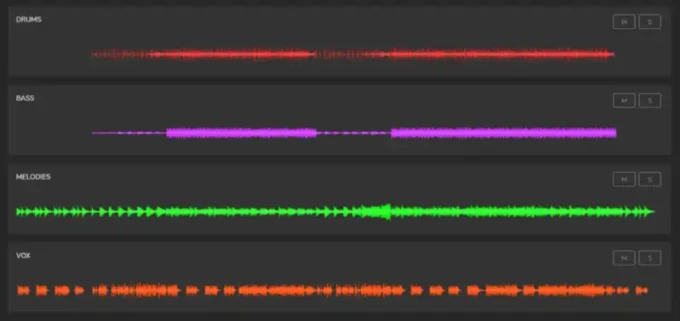Highlife music, a cornerstone of Ghanaian culture since the early 20th century, is currently navigating a complex identity crisis. This genre, which seamlessly blends traditional African rhythms with Western instruments, has been the soundtrack of Ghana’s history, from its independence movement to its vibrant celebrations. However, in recent years, highlife faces challenges that threaten its authenticity and future evolution.
A significant concern is the genre’s diminishing prominence among younger artists. Many contemporary musicians are hesitant to identify with highlife, often favoring genres like Afrobeats or Hiplife, which they perceive as more aligned with current global trends. Renowned ethnomusicologist Professor John Collins notes that this shift is a natural progression, with youth-driven cultural change leading to the reinterpretation of traditional forms. He emphasizes that while the term “highlife” may be less popular, its essence remains deeply embedded in Ghanaian musical identity.
The commercialization of music and the rise of digital platforms have further complicated highlife’s identity crisis. The demand for quick, catchy tunes tailored for social media virality has overshadowed the depth and storytelling inherent in traditional highlife. This trend, often referred to as “fast food music,” prioritizes immediacy over substance, leading to a dilution of the genre’s rich cultural narratives.
In response to these challenges, initiatives are underway to preserve and promote highlife’s unique characteristics. The Musicians Union of Ghana (MUSIGA) is organizing seminars and producing documentaries to educate both artists and the public about the genre’s evolution and significance. President Bessa Simons highlights the importance of these efforts, stating that highlife is more than just music; it embodies the spirit of Ghanaian culture and identity.
Artists like Kwabena Kwabena are also championing the genre’s adaptability. Celebrating two decades since his breakthrough hit “Aso,” Kwabena Kwabena expresses his delight at highlife’s evolution, noting its ability to incorporate diverse influences while maintaining its distinct character. He believes this adaptability is crucial for the genre’s continued relevance and appeal.
The future of highlife music hinges on a delicate balance between honoring its rich heritage and embracing contemporary innovations. By fostering a deeper understanding of its cultural significance and encouraging creative experimentation, highlife can navigate its identity crisis and continue to thrive in the global music landscape.












Leave a comment